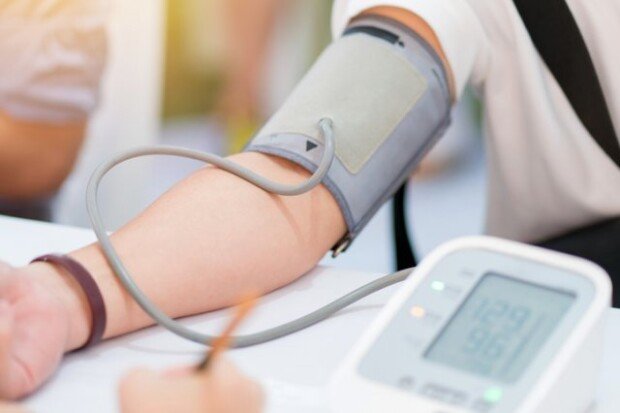Blood pressure management criteria for high-risk patients are strengthened
Blood pressure management criteria for high-risk patients are strengthened
Posted May. 12, 2022 07:50,
Updated May. 12, 2022 07:50

Medical guidelines were announced that blood pressure management criteria for those with diabetes or risk factors for cardio-cerebrovascular diseases among high blood pressure patients should be lowered to 130 mmHg systolic or 80 mmHg diastolic. The new criteria are more rigorous than the existing ones.
The Korean Society of Hypertension announced 2022 hypertension treatment guidelines including the above details on Wednesday. The guidelines were revised for the first time since 2018. According to the new guidelines, blood pressure management criteria for high-risk patients has become more rigorous from 140/90 mmHg to 130/80 mmHg, which means high-risk patients’ blood pressure should be managed to a new lower level when taking medications.
High-risk patients are the ones with three or more risk factors for cardio-cerebrovascular diseases even though they do not have complications. Major cardio-cerebrovascular diseases include diabetes, smoking, high cholesterol, and obesity. Those with damaged organs without symptoms are also considered to be high-risk patients. Such patients with blood pressure between 130/80 mmHg and 140/90 mmHg were previously considered prehypertension patients but now they are regarded as hypertension patients according to the new guidelines.
The new treatment guidelines are based on recent research results. According to new research on senior Asian hypertension patients, those whose blood pressure was managed to 130 mmHg systolic were less prone to develop cardiovascular diseases than those whose blood pressure was managed to 140 mmHg systolic. The U.S. introduced more rigorous criteria of 130/80 mmHg in 2017 across the board.
Another reason is to prevent complications by proactively managing blood pressure. “More and more hypertension patients develop diabetes,” said President Ihm Sang-hyun of the Korean Society of Hypertension. “We lowered the guidelines as it is necessary to more proactively decrease blood pressure to reduce the risks of complications.”
Management criteria for general hypertension patients without complications and high risks are maintained at the current level of 140/90 mmHg. The new guidelines also recommended the public check blood pressure at least once every two years in order to diagnose hypertension. In particular, those with blood pressure between 120/80 mmHg and 140/90 mmHg or a family history of hypertension or cardio-cerebrovascular diseases are recommended to take blood pressure once a year.
asap@donga.com







